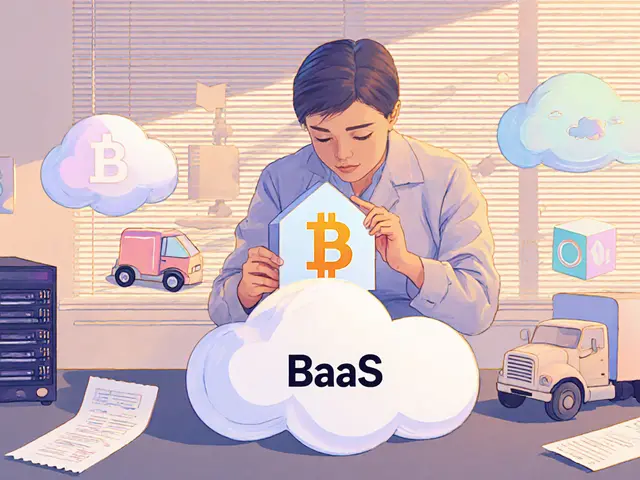DeFi Stablecoin
When working with DeFi stablecoin, a digital asset that stays pegged to a stable value while operating on decentralized finance protocols. Also known as stablecoin in DeFi, it blends the price stability of traditional stablecoins with the openness of DeFi. Stablecoin, a cryptocurrency designed to maintain a near‑constant value by referencing a fiat currency, commodity, or algorithmic rule is the broader family this product belongs to. Decentralized Finance (DeFi), an ecosystem of permissionless financial services built on public blockchains provides the infrastructure that lets these coins run without a central authority. Finally, tokenomics, the economic design governing supply, demand, incentives and stability mechanisms of a token is the engine that keeps the peg reliable.
Why DeFi Stablecoins Matter
DeFi stablecoins enable a range of real‑world applications that go far beyond simple trading pairs. They encompass cross‑border payment solutions, giving migrants and freelancers a cheap way to send money without banks. Because they operate on open protocols, anyone can integrate them into lending, borrowing or yield‑farming strategies, expanding financial inclusion for users who lack traditional banking access. Their design requires robust tokenomics; collateral‑backed models need over‑collateralization ratios, while algorithmic models rely on supply‑adjustment rules to stay pegged. When tokenomics is sound, the stablecoin can maintain its peg even during market stress, which in turn influences the stability of DeFi lending platforms that depend on reliable collateral.
The landscape is diverse. Some projects lock up fiat‑backed assets in custodial vaults, others use crypto‑collateral on chain, and a few experiment with algorithmic mechanisms that mint or burn tokens automatically. Each approach brings trade‑offs in transparency, decentralization and regulatory exposure. For businesses, the programmable nature of DeFi stablecoins means they can embed escrow, conditional release or automated revenue sharing directly into smart contracts. For developers, the open‑source codebase offers a sandbox to tweak tokenomics and test new stability models. Across the board, the common thread is that DeFi stablecoins are reshaping how value moves in the digital economy, from everyday purchases to high‑frequency trading.
Below you’ll find a curated collection of guides that dig into specific tokens, explore tokenomics designs, break down real‑world use cases and show you how to navigate the risks. Whether you’re a trader looking for low‑volatility pairs, a developer building DeFi products, or just curious about the future of money, the articles ahead give you the practical insights you need.

Learn how algorithmic stablecoins maintain a dollar peg using supply‑adjusting algorithms, key models, real examples, risks, and future outlook.
Jonathan Jennings Apr 4, 2025




